Graphics Reference
In-Depth Information
Proof.
See [SeiT80] or [Cair68].
Definition.
The collection of dual cells of K, denoted by K
*
, is called the
dual cell
complex
of K.
If the dual cells were homeomorphic to disks, then we really would have a CW
complex as defined in Section 7.2.4. Even without this, K
*
has many properties in
common with such a cell complex because the dual cells are contractible and one can
compute the homology groups from them. See [SeiT80] or [Cair68]. Note further that
since we have a notion of a barycenter of dual cells, we can define duals of the cells in K
*
in the same way that we defined the duals of cells in K. With this definition of the dual
cell complex of the dual complex, it is easy to see that (K
*
)
*
= K, because the dual cell of
a dual cell consists of cells whose union is a cell in the original complex. We will allow
ourselves to talk of the dual of a cell both in the case where it belongs to K and also when
it belongs to K
*
. We can also define what we mean by an orientation of a dual cell.
Definition.
An
orientation
of a dual cell s
n-k
consists of a collection of compatible
orientations of the (n - k)-simplices of s
n-k
, that is, if two of the (n - k)-simplices meet
in an (n - k - 1)-simplex t, then they should induce opposite orientations on t.
Let
M
n
be an n-dimensional pseudomanifold and let (K,j) be a triangulation of
it. For simplicity, assume
M
=ΩKΩ. Let
v
be a vertex of K. Consider an edge loop
g=(
v
=
v
0
,
v
1
,...,
v
k
=
v
) at
v
and the dual cells c
i
= (
v
i
)
*
and c
i
n-1
= (
v
i
v
i+1
)
*
of dimen-
sion n and n - 1, respectively. Now, an orientation of c
i
induces an orientation of
c
i
n-1
. Conversely, it is easy to see that an orientation of c
i
n-1
induces an orientation of
c
i
. Therefore, if we start with an orientation o of c
0
, then this will define an orienta-
tion on c
n-1
, then on c
1
, then on c
n-1
, and so on, until we arrive back at c
0
with an
induced orientation that we shall denote by g(o). The orientation g(o) may or may not
agree with the original orientation o, but if we walk around the edge loop twice, that
is, if we were to use the edge loop g
2
= (
v
=
v
0
,
v
1
,...,
v
k
=
v
0
,
v
1
,...,
v
k
=
v
), then defi-
nitely g
2
(o) = o, because there are only two possible orientations for a simplex or dual
cell. In any case, one can show, using the Simplicial Approximation Theorem, that,
starting with an orientation o “at
v
”, any continuous map a : (
I
,∂
I
) Æ (
M
,
v
) will induce
a well-defined orientation a(o) at
v
that corresponds to walking around a(t) carrying
o. It should be intuitively clear that if a(o) = o for all a, then
M
is orientable. If
a(o) π o for some a, then we get a well-defined subgroup
=
[]
Œ
{
}
(
)
( )
=
H
ap
1
Mv
,
a
o
o
of p
1
(
M
,
v
) of index 2. The subgroup H gives rise to a double covering space (
M
˜
,
˜
) for
M
. One can show that
M
˜
is an orientable pseudomanifold. The results are summa-
rized in the next theorem.
7.5.7. Theorem.
(1) Every simply connected pseudomanifold is orientable.
(2) If M is a nonorientable pseudomanifold, then there is a double covering space
(
M
˜
,
˜
) for
M
with
M
˜
an orientable pseudomanifold and this double covering
with orientable total space is unique (up to isomorphism).

